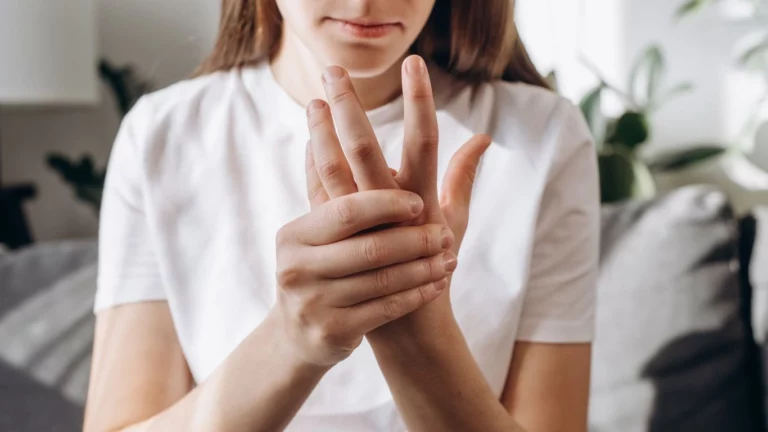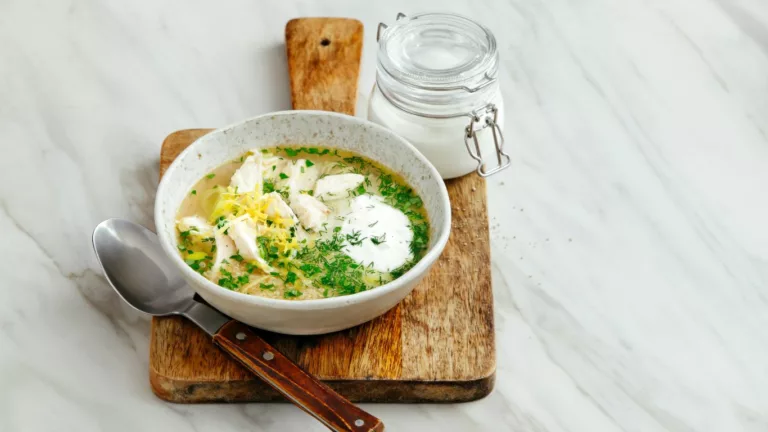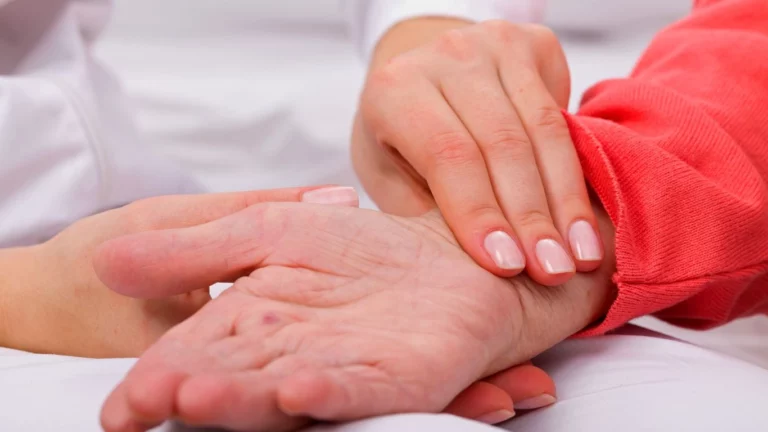Shocking Truth About Blood Pressure Swings After Eating Carbs
If you’ve ever felt a bit woozy, lightheaded, or just “off” after a big bowl of pasta or a couple slices of pizza, you’re not alone. I’ve seen it time and time again in my clinic—folks experiencing sudden blood pressure swings after eating carbs. And it’s not just the sugar crash people talk about. These fluctuations can be more serious and confusing, especially for those already managing hypertension. As an Internal Medicine physician, I’ve had countless conversations with patients who are baffled by why their pressure spikes—or plummets—after a carby meal. Let’s dig into what’s actually going on behind the scenes with your body and blood vessels when carbs enter the chat.
Why Blood Pressure Reacts to Carbs in the First Place

This is one of those things that doesn’t get enough spotlight. Most people associate carbs with energy or weight gain, but rarely do they think: “Hey, this spaghetti might throw my blood pressure into a loop.” So why does it happen?
Insulin: The Unsung Influencer of Vascular Tone
After you eat carbohydrates—especially refined ones like white bread or sugary snacks—your body responds by releasing insulin. That’s normal. But insulin does more than manage your blood sugar. It actually affects how your blood vessels constrict or relax. In some people, especially those with insulin resistance, that insulin spike can lead to vasoconstriction (tightening of blood vessels), causing your blood pressure to rise.
I’ve had patients check their blood pressure 30–60 minutes after a carb-heavy meal and see a surprising spike. It doesn’t happen to everyone, but if it does, it can feel like your body’s giving mixed signals. And if you’re already on meds for hypertension, it can be downright confusing.
Reactive Hypoglycemia: The Sudden Dip
Then there’s the opposite situation—where blood sugar drops quickly after a big dose of carbs. Sounds ironic, right? But reactive hypoglycemia is a real thing. The insulin surge overshoots, and boom—your blood sugar dips, leading to symptoms like shakiness, palpitations, and yes, even a drop in blood pressure. It’s like your body hits the panic button after trying too hard to regulate that meal.
The Glycemic Index Game

Let’s talk food science for a sec. The glycemic index (GI) tells you how fast a food raises your blood sugar. High GI foods like white rice or sugary cereals break down quickly, leading to that classic insulin spike. Low GI foods like lentils or quinoa release glucose slowly—way easier on your system.
Why Low GI Matters for Blood Pressure Swings
Choosing low GI foods can make a real difference if you’re sensitive to blood pressure shifts. I often suggest patients keep a food diary along with their home BP readings. Over time, it becomes clear: their BP is more stable after meals that include lower GI carbs. Here’s a quick list of swaps I recommend a lot:
- Instead of white bread → Try whole grain or sourdough
- Instead of white rice → Try brown rice or farro
- Instead of sugary snacks → Try Greek yogurt with berries
How Your Body Type and Metabolism Factor In
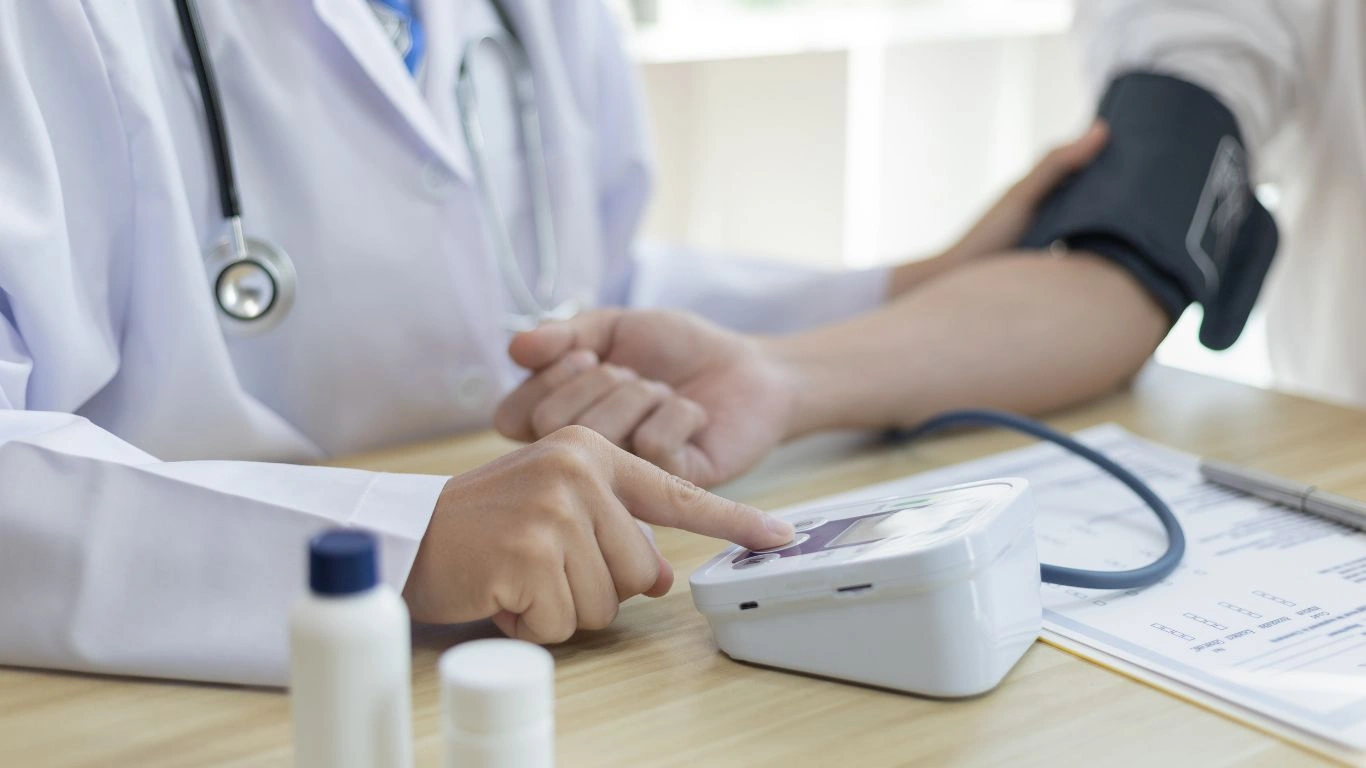
Here’s the kicker—not everyone reacts the same way to the same carbs. I’ve seen thin, active patients have huge post-meal BP swings, while others with metabolic syndrome stay rock steady. A lot depends on your baseline insulin sensitivity, your autonomic nervous system balance, and even how hydrated you are.
Carb Timing and Blood Pressure Stability
Another tip I give my patients: try spacing carbs throughout the day rather than eating a ton at once. Big carb loads—like a huge pancake breakfast—can stress your system. Eating smaller portions with a balance of protein and fat can help blunt those spikes and dips. You’re basically giving your body a gentler ride instead of a rollercoaster.
- Start meals with protein or veggies – slows down carb absorption
- Drink water with meals – helps maintain blood volume and pressure
- Move after eating – a short walk can help regulate post-meal glucose and BP
Honestly, I wish more folks knew how often blood pressure swings after eating carbs are behind those post-lunch crashes or “weird” dizzy spells. It’s not always about salt or meds—it’s about understanding your body’s full response to food.
When Blood Pressure Swings Become a Pattern You Can’t Ignore

One of the things I always tell my patients: if you’re noticing blood pressure swings after eating carbs more than occasionally, it’s not just a fluke. Your body is trying to tell you something. The tricky part? Many people don’t connect the dots because the symptoms don’t always scream “blood pressure issue.” Sometimes it’s just fatigue, a weird heartbeat sensation, or even a nagging headache after meals.
I had a patient in her late 40s who kept thinking she was having mini panic attacks every time she ate out. Turns out, it wasn’t anxiety—it was a combination of high-sodium, high-carb meals triggering her blood pressure to spike, followed by a sugar dip that left her dizzy and flushed. Once we tweaked her meals and added more protein and fiber, those “panic” episodes disappeared. Wild, right?
Logging Your Meals & Blood Pressure: A Simple But Powerful Habit
Honestly, the best insights don’t always come from fancy tests—they come from patterns. I often recommend patients do a 7-day food and BP log. Just jot down what you eat, what time, and check your blood pressure about 45 minutes after. You’d be surprised how quickly trends emerge. You might find that oatmeal and berries are totally fine, but bagels or pancakes are a BP disaster.
- Use a reliable home BP monitor (upper arm, automatic cuff type)
- Measure BP before the meal, then again 30-60 minutes after
- Note symptoms: fatigue, dizziness, racing heart, etc.
The Role of Autonomic Nervous System (Yep, It’s a Mouthful)
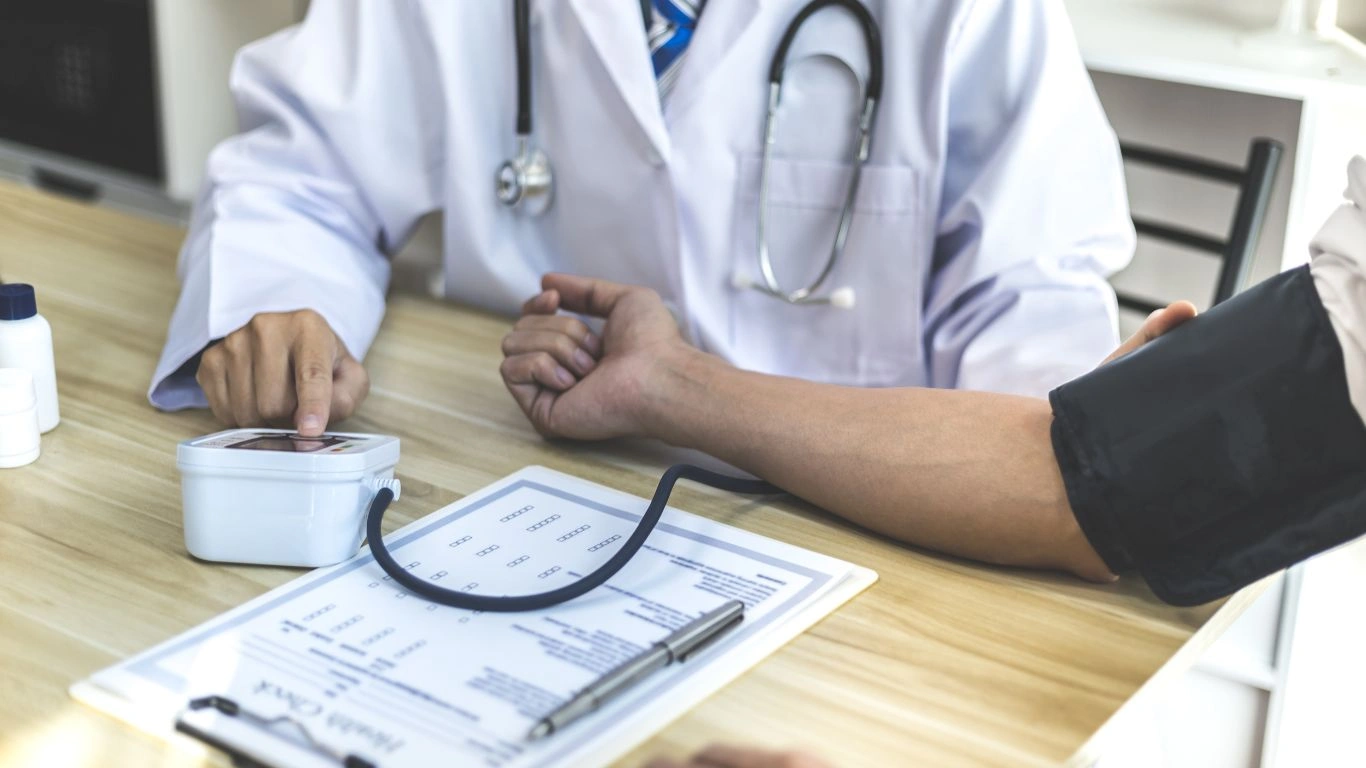
Let’s get nerdy for a second, because this part’s actually fascinating. Your autonomic nervous system controls things like heart rate, digestion, and—yep—blood pressure. If yours isn’t functioning optimally, something as simple as a carbohydrate-rich lunch can throw everything off. This is more common than people think, especially in folks with diabetes, long-standing hypertension, or even those recovering from viral illnesses.
Postprandial Hypotension: When Pressure Drops After Eating
Ever stood up after eating and felt like you were about to faint? That’s postprandial hypotension. Basically, blood gets shunted to your gut for digestion, and your blood pressure tanks because your nervous system doesn’t compensate fast enough. And guess what can make it worse? High-carb meals. That’s why I often suggest smaller, more frequent meals if this is happening regularly, especially in older adults or people with diabetes.
- Split large meals into smaller portions – Try eating every 3–4 hours instead
- Reduce simple carbs – Avoid sugary drinks, white bread, and pastries
- Sit upright after meals – No lying down right after eating
Hidden Culprits: Medications and Lifestyle Triggers

Sometimes, it’s not just the food—it’s what else is going on. Certain blood pressure meds, especially diuretics or beta-blockers, can amplify post-meal pressure swings. I’ve had to adjust meds more than once for patients who were doing everything right with their diet but still saw those rollercoaster numbers.
Also, dehydration is a sneaky one. When you’re dehydrated, your body can’t maintain adequate pressure, and carb-heavy meals only make that worse. Add stress, poor sleep, or alcohol into the mix? It’s a perfect storm for erratic readings.
Quick Checks to Rule Out Other Factors
- Are you taking your meds at the same time every day?
- Are you drinking enough water—especially before meals?
- Have you had recent changes in sleep, stress, or weight?
One patient I remember clearly had a big BP spike after lunch every day at work. Turns out, it wasn’t just his sandwich—it was the office coffee, stress, and skipping breakfast. A few tweaks and better hydration made a huge difference.
Balancing Your Plate for More Stable Numbers

So let’s get practical for a second. You don’t have to ditch carbs entirely. I love carbs—most of us do. But the key is choosing the right kinds and pairing them wisely. Think of your plate like a team sport. You want carbs, protein, fat, and fiber all working together to keep your blood sugar—and blood pressure—steady.
Some simple pairings that actually work:
- Sweet potato + grilled salmon + sautéed greens
- Quinoa + black beans + avocado slices
- Steel-cut oats + chia seeds + almond butter
When your meals are balanced, your body’s response becomes a lot more predictable. And that’s what we’re after—not perfection, but predictability. Because let’s be real: nobody wants to feel like their own body is playing whack-a-mole with their blood pressure every time they eat lunch.
Next time you’re planning a meal, just ask: “Will this plate set me up for balance or chaos?” A little awareness goes a long way—especially when it comes to taming those post-carb blood pressure swings.
What To Do If You Suspect Carb-Induced Blood Pressure Swings

So by now, if you’ve read this far, there’s a good chance you’re thinking: “Yep, that’s me.” Maybe those weird blood pressure fluctuations finally make sense. You’re not imagining it. Blood pressure swings after eating carbs are real, and as an internist who works with hypertension every single day, I’ve seen it in all kinds of patients—from the newly diagnosed to folks on three meds still chasing stable numbers.
First things first, don’t panic. These swings might feel alarming, but they’re also your body’s way of giving you feedback. And trust me, once you learn how to manage it, the mystery fades and you gain back a sense of control.
Step One: Track, Don’t Guess
This cannot be stressed enough. A food log paired with blood pressure readings is gold. Not just for you—but for your physician. I often tell my patients, “You’re giving me a window into your body’s patterns.” And it helps me personalize their care in ways a single office BP reading never could.
- Write down what you ate, when, and how much
- Note your BP before eating and 30–60 minutes after
- Include symptoms—fatigue, chest tightness, palpitations, dizziness
Bring that log to your next appointment, and I promise, your doc will thank you. It’s like detective work—we just need the clues.
When It’s Time to Get Professional Input
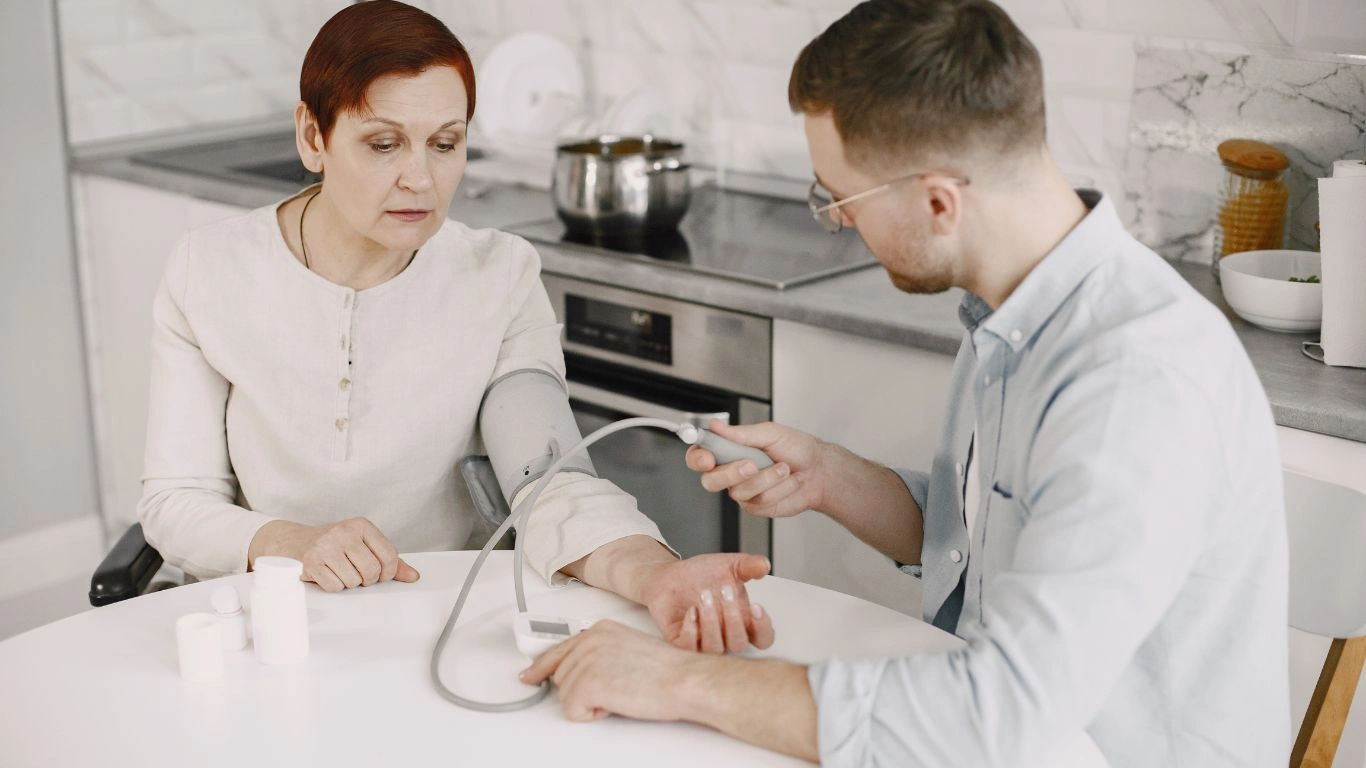
Let’s be real for a second—there’s only so much Google and self-experimentation can do. If your numbers are swinging wildly, or you’re feeling symptoms after most meals, you should talk to your doctor. Better yet, get evaluated by someone with experience in cardiometabolic health—someone who understands how insulin, blood sugar, and blood pressure all interact.
I’ve had patients whose swings were early warning signs of insulin resistance, autonomic dysfunction, or even underlying kidney issues. Catching these things early makes a huge difference—not just for blood pressure, but for long-term heart and brain health, too.
Tests That Might Be Worth Discussing:
- Fasting insulin and glucose, or a 2-hour oral glucose tolerance test
- 24-hour ambulatory blood pressure monitoring
- Autonomic reflex testing (in cases of post-meal hypotension)
- Kidney function tests and electrolytes
And while not everyone needs all of these, it’s worth asking. A thorough workup now might spare you complications down the road.
Smart Lifestyle Tweaks That Actually Work
Here’s where you can really start turning the dial. The best part? You don’t need a complete overhaul—just consistent small shifts. Over time, these add up and help flatten those pressure spikes and dips.
These are tips I use with patients all the time—and in my own kitchen:
- Make carbs part of a balanced plate – Pair with fat, fiber, and protein to slow absorption.
- Hydrate proactively – Aim for a glass of water before and during meals.
- Move post-meal – Even 10–15 minutes of walking can do wonders for stabilizing glucose and BP.
- Watch your caffeine timing – That mid-morning latte after a bagel might be setting you up for a double spike.
- Try consistent meal times – Irregular eating patterns can disrupt blood sugar and blood pressure regulation.
I always say: It’s not about perfection—it’s about patterns. If 80% of your meals are well-balanced, your body gets more predictable, and that translates into fewer scary BP moments.
The Big Picture: It’s Not Just the Carbs
Let’s zoom out for a second. Carbs aren’t evil. They’re fuel. But if you’re seeing blood pressure swings, they may be a sign of deeper issues—like insulin resistance, poor vascular tone, or stress overload. And that’s where lifestyle, medication, and sometimes even mindset come into play.
Stress, sleep, movement, hydration—these are all part of your cardiometabolic health puzzle. And if one piece is out of balance, that post-meal spike or dip might be how it shows up.
I’ll be honest, I’ve had to rethink my own habits too. There were times during residency when I’d grab a muffin and coffee and crash an hour later—brain fog, lightheadedness, and a racing heart. Back then, I chalked it up to exhaustion. Now I know better—and I eat better.
References
- American Gastroenterological Association
- American Heart Association
- American Diabetes Association
- National Center for Biotechnology Information (NCBI)
Disclaimer
This article is for informational purposes only and should not be considered medical advice. Always consult with your physician or a qualified healthcare provider for personalized medical guidance. The author is a licensed internal medicine physician with experience in hypertension management, but individual needs and responses to treatments or lifestyle changes may vary.

Dr. Gwenna Aazee is a board-certified Internal Medicine Physician with a special focus on hypertension management, chronic disease prevention, and patient education. With years of experience in both clinical practice and medical writing, she’s passionate about turning evidence-based medicine into accessible, actionable advice. Through her work at Healthusias.com, Dr. Aazee empowers readers to take charge of their health with confidence and clarity. Off the clock, she enjoys deep dives into nutrition research, long walks with her rescue pup, and simplifying medical jargon one article at a time.

